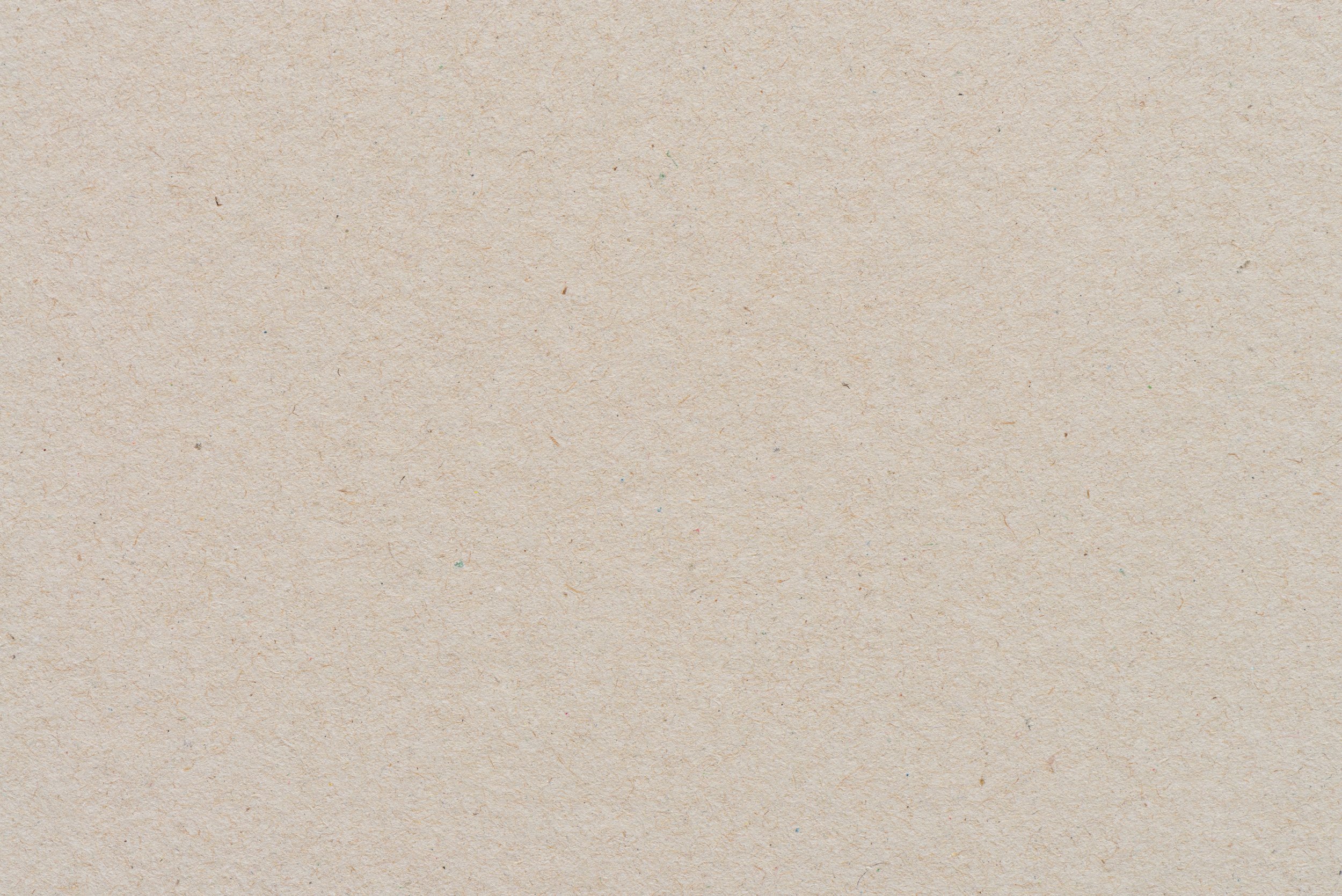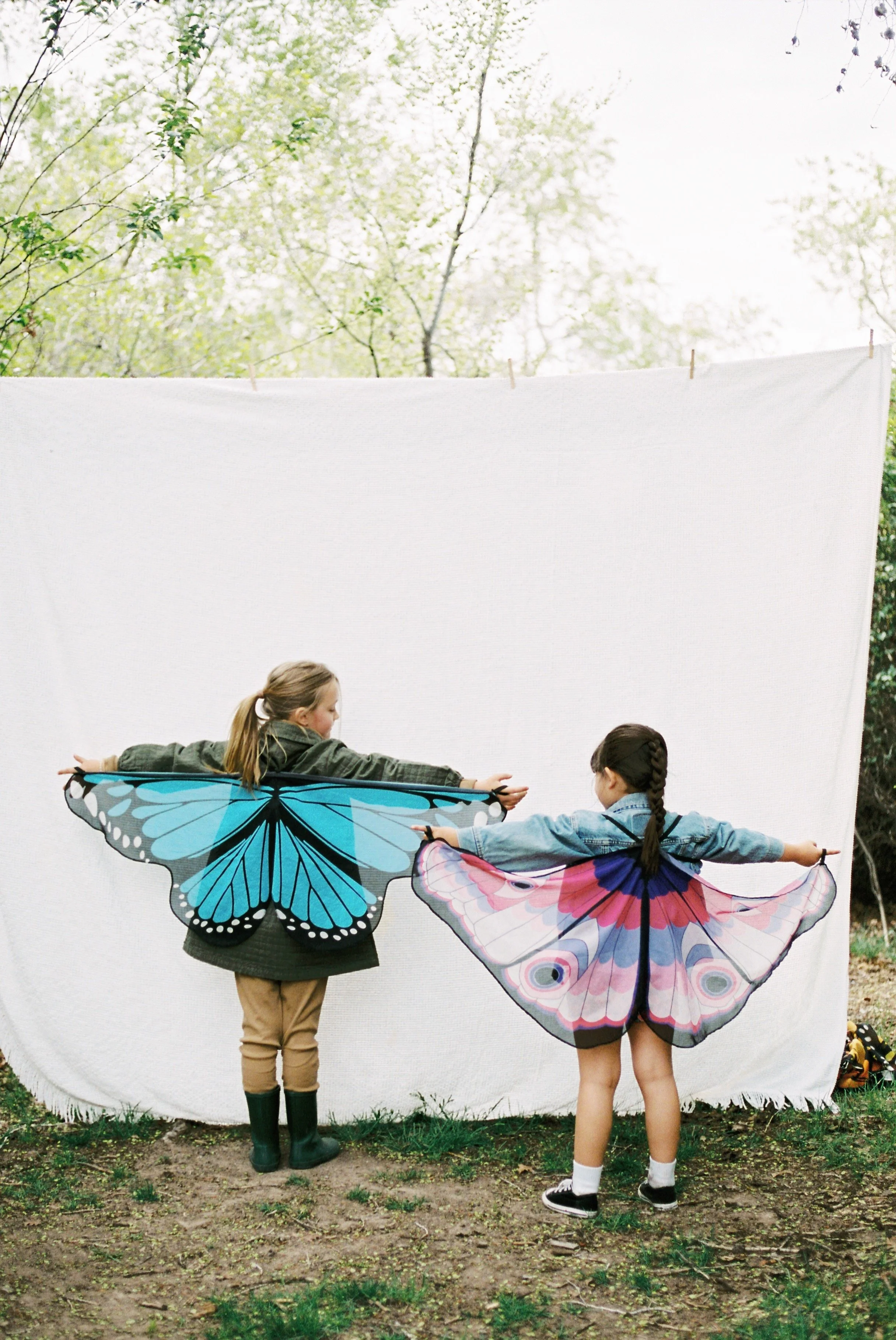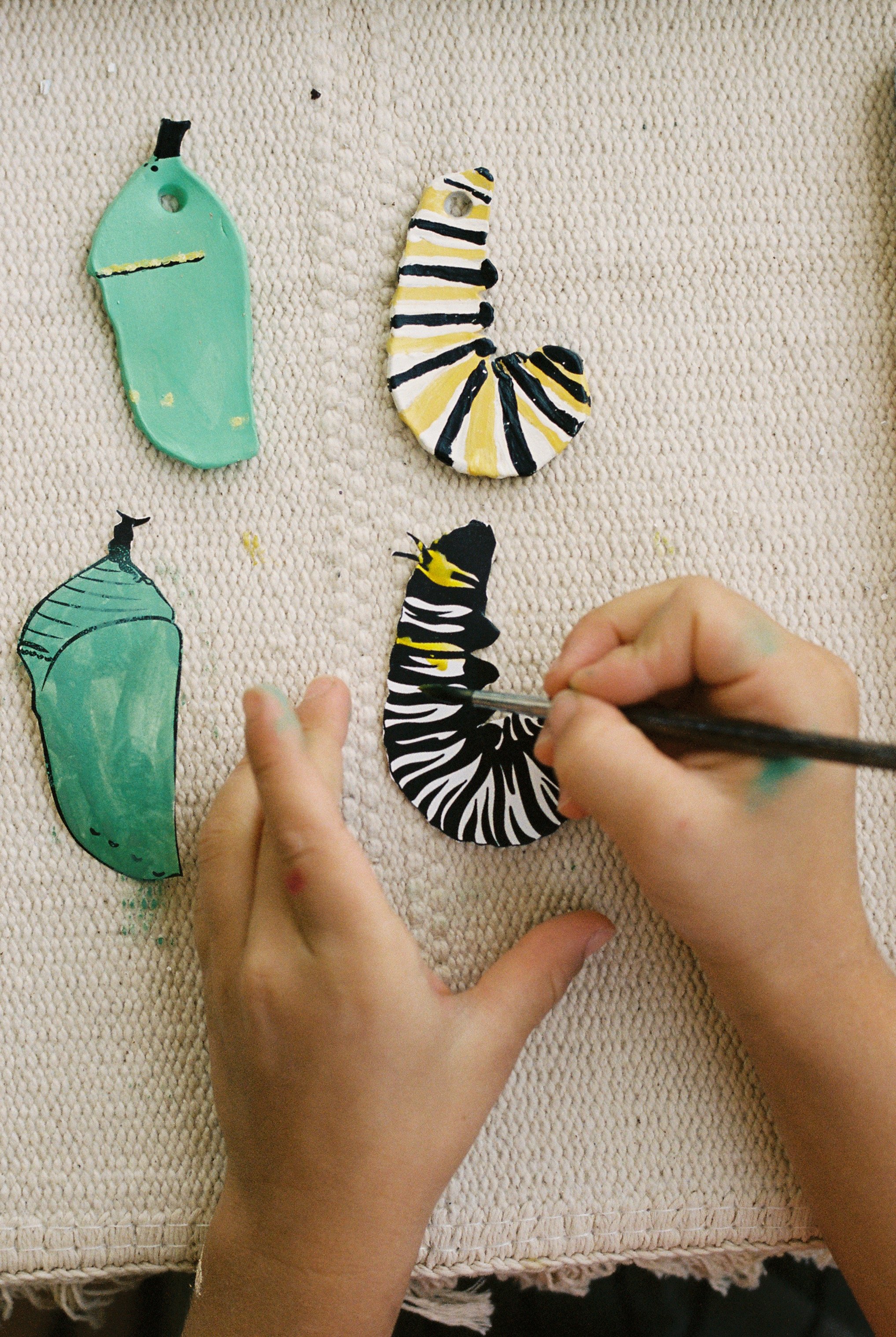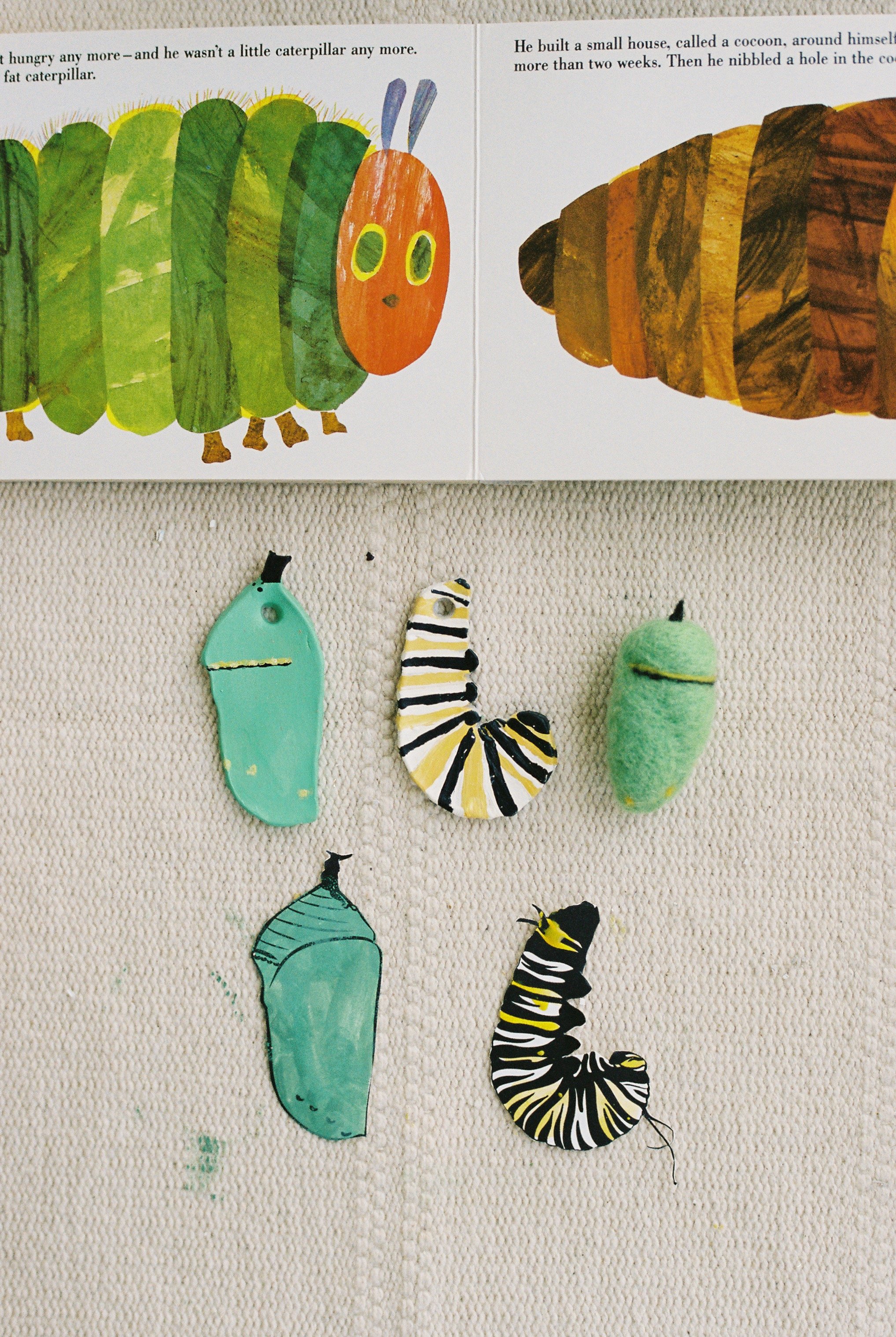
Chrysalis
LESSON 3
Children engage in imaginative play and crafts to explore the caterpillar-to-butterfly life cycle.
Cup of caterpillars.
The book “The Very Hungry Caterpillar” by Eric Carle.
Prepare materials for butterfly life cycle of choice.
Dress up butterfly wings, play silks, or blanket.
Materials
Gather materials for lesson.
Preparations
Awaken children’s interest in caterpillars
Promote children’s active participation in new hands-on experience
Promote scientific thinking and questioning in children
Observe fine and gross motor skills in children
Objectives for Teachers
Children strengthen their knowledge about caterpillars
Children practice observation skills
Children practice fine motor skills through drawing, coloring, cutting, gluing, molding, etc.
Children practice gross motor skills through movement activity
Children develop empathy toward animals
Objectives for Children

Collect and Connect
Practice singing the song “The Fuzzy Little Caterpillar” with the actions you came up with.
The Fuzzy Little Caterpillar
(To tune of the ‘Incy wincy spider’)
The fuzzy little caterpillar
Curled upon a leaf
Spun her little chrysalis
And then fell fast asleep
While she was sleeping
She dreamt that she could fly
And later when she woke up
She was a butterfly

Activity Flow
Begin by re-reading "The Very Hungry Caterpillar." Involve your child by asking if they remember what happens next in the story. After reading, initiate a discussion to compare and contrast the story to their own experiences. Here are some questions you might ask:
What foods do you like to eat that help you grow?
How can eating too many sweets make us feel?
What foods make us feel good?
What happened after the caterpillar ate all his food?
Before he became a butterfly, what did he turn into?
2. Use these definitions to figure out what your caterpillar pupa is called.
Pupa: an insect in its inactive immature form between larva and adult. Could be a chrysalis or cocoon.
Chrysalis: a pupa of a butterfly or moth.
Cocoon: a silky case spun by the larvae of many insects for protection in the pupal stage. Typically moths will build cocoons, however, butterflies do not.
3. Next introduce the “Pretend Caterpillar to Butterfly” activity.
Pretend Caterpillar to Butterfly Activity
Tell your child you thought it would be fun to play pretend as caterpillars and butterflies by acting out "The Very Hungry Caterpillar."
Start by crawling around like caterpillars. Get creative! Use items like leaves, wooden blocks, play silks, or twigs to pretend you are eating different foods like pickles and cupcakes.
Once your pretend caterpillar has grown, wrap a blanket or play silk around you to create a chrysalis.
Listen to a short song or poem while waiting to emerge from the chrysalis.
After the song or poem ends, pretend to emerge from the chrysalis as butterflies. Use pretend butterfly wings, play silks, rags from the kitchen, or the blanket itself.
Play classical music inspired by butterflies and dance around like butterflies. A recommended song on Spotify is "The Flying of a Leaf" by Mattia Vlad Morleo. Mention to your child that the composer was inspired by butterflies and encourage them to think about that as they listen and dance.
Children often request to repeat this activity, so be prepared to do it again and have fun!
4. Conclude this lesson by creating a chrysalis for your life cycle.




